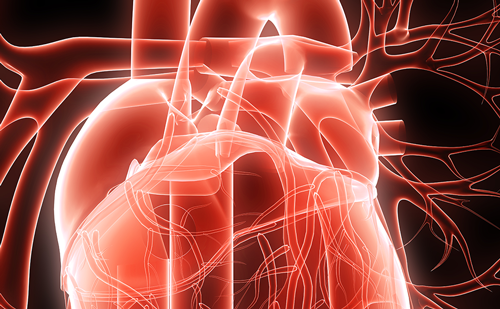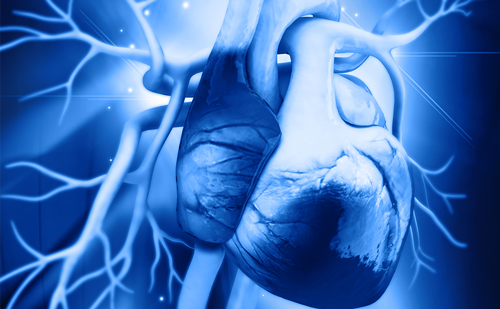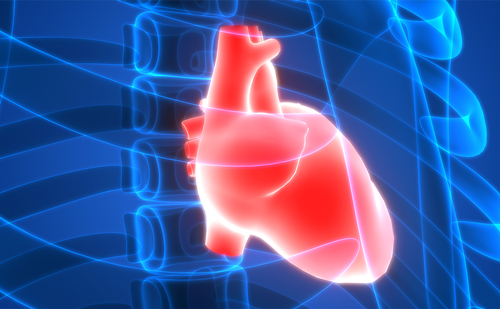Antioxidant enzymes as potential targets in cardioprotection and treatment of cardiovascular diseases. Enzyme antioxidants: the next stage of pharmacological counterwork to the oxidative stress
Abstract:
Overview
The focus in antioxidant research is on enzyme derivative investigations. Extracellular superoxide dismutase (EC-SOD) is of particular interest, as it demonstrates in vivo the protective action against development of atherosclerosis, hypertension, heart failure, diabetes mellitus. The reliable association of coronary artery disease with decreased level of heparin-released EC-SOD was established in clinical research. To create a base for and to develop antioxidant therapy, various SOD isozymes, catalase (CAT), methods of gene therapy, and combined applications of enzymes are used. Covalent bienzyme SODCHS- CAT conjugate (CHS, chondroitin sulphate) showed high efficacy and safety as the drug candidate. There is an evident trend to use the components of glycocalyx and extracellular matrix for target delivery of medical substances. Development of new enzyme antioxidants for therapeutic application is closely connected with progress in medical biotechnology, pharmaceutical industry, and bioeconomy.
Keywords
Reactive oxygen species, enzyme antioxidants, oxidative stress, cardiovascular diseases, vascular wall injury, endothelial glycocalyx, extracellular superoxide dismutase, catalase, novel bienzyme superoxide dismutase – chondroitin sulphate – catalase conj
Article:
Article Information:
Correspondence
Alexander V. Maksimenko, Institute of Experimental Cardiology, Russian Cardiology Research-and-Production Complex, 3- rd Cherepkovskaya Street 15A, 121 552 Moscow, Russia Tel. +7.495.414.60.25 – Fax: +7.499.726.31.16. E-mail: alexmak@cardio.ru
Acknowledgements
The authors sincerely thank
and highly appreciate the support of research and
efficient discussions with professors EI Chazov,
VN Smirnov, AM Egorov, EV Arzamastcev, VI
Kapelko, VZ Lankin, EK Ruuge, AK Tichaze. This
work was performed thanks to the support of the
grants of Russian Foundation for Basic Research
07-04-12057-ofi, 09-08-00023, Rosmedtechnologies
Agency and Roszdravsozrazvitija Ministry of
Russian Federation.
Received
2011-06-16T00:00:00







